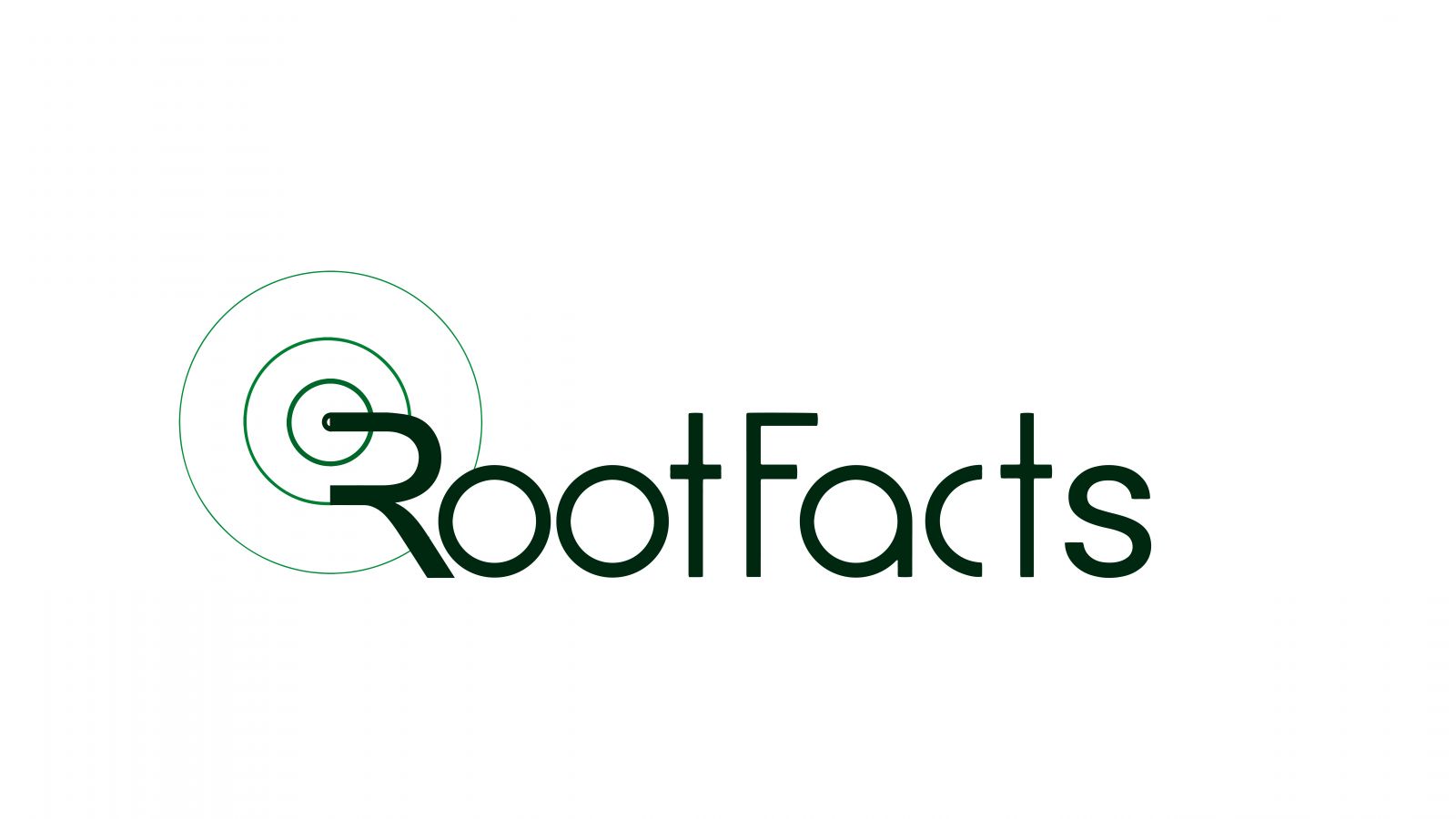Case Study 1
Predictive Maintenance for Solar Panels with Real-Time Monitoring
Challenges
Solar panels can experience performance degradation over time due to factors like micro-cracks, dust buildup, or shading. Traditional maintenance relies on visual inspections, which can be time-consuming and miss early signs of potential issues.
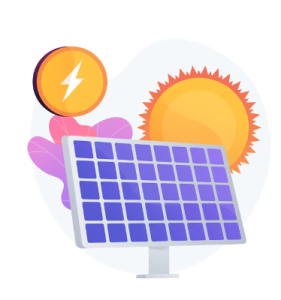
Impact
Reduced solar panel performance leads to decreased energy production and lost revenue for the solar power company. Neglecting maintenance can also lead to more serious problems requiring costly repairs.
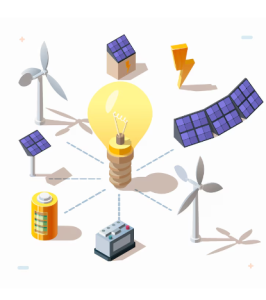
Solution
A solar power company can install IoT sensors on individual solar panels or strings. These sensors monitor factors like voltage, current, temperature, and even light irradiance. The collected data is transmitted wirelessly to a central platform and analyzed by machine learning algorithms. These algorithms can identify potential performance issues and predict future failures.
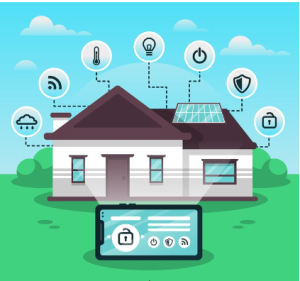
Benefits

Proactive maintenance based on real-time data on individual panel performance

Reduced downtime and increased energy production through early detection and repair of potential issues.
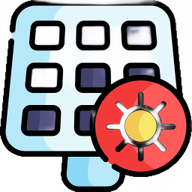
Extended lifespan of solar panels by optimizing operating conditions and preventing major failures.
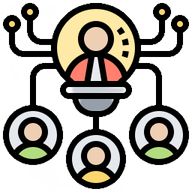
Improved resource allocation by prioritizing maintenance based on data-driven insights.
Case Study 2
Smart Grid Integration with Dynamic Power Production Adjustments
Challenge
Solar power generation is intermittent and dependent on sunlight availability. This can create challenges for integrating solar energy into the grid and maintaining a stable power supply.

Impact
Unpredictable solar power generation can strain the grid and lead to power outages or fluctuations. This can be disruptive for both the solar power company and electricity consumers.

Solution
A solar power company can integrate their solar farms with IoT-based smart grid technology. This system utilizes advanced weather forecasting data and real-time power demand information. Based on this data, the system can dynamically adjust the output of solar panels to optimize power production and grid integration.

Benefits
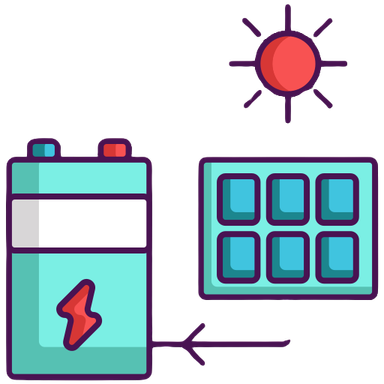
Improved grid stability by dynamically adjusting solar power production based on real-time demand.
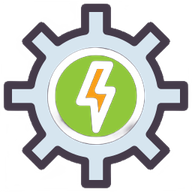
Increased profitability for the solar power company by maximizing energy production opportunities.

Reduced strain on traditional power generation sources and potentially lower overall energy costs.

Contribution to a more sustainable and resilient energy grid.
Case Study 3
Enhanced Cybersecurity with Network Monitoring and Anomaly Detection
Challenge
Solar power generation systems are increasingly connected to the internet for monitoring and control. This connectivity introduces potential cybersecurity vulnerabilities that could be exploited by attackers.
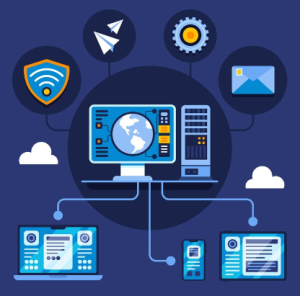
Impact
Cybersecurity breaches can disrupt solar farm operations, manipulate data, or even cause physical damage to equipment. This can lead to financial losses, reputational damage, and potential safety hazards.
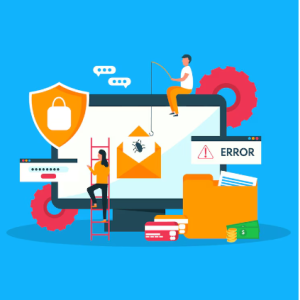
Solution
A solar power company can implement a comprehensive IoT security solution. This solution includes firewalls, intrusion detection systems (IDS), and vulnerability assessments to identify and mitigate security risks. IoT devices can be equipped with additional security features like secure communication protocols and encryption to protect sensitive data.

Benefits
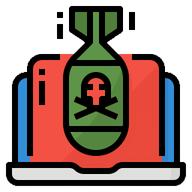
Enhanced cybersecurity posture of the solar power generation system by detecting and responding to potential threats.

Protection of critical infrastructure and operational data from unauthorized access.

Improved business continuity and reduced risk of disruptions due to cyberattacks.

Increased investor confidence in the security of the solar power company's infrastructure.
